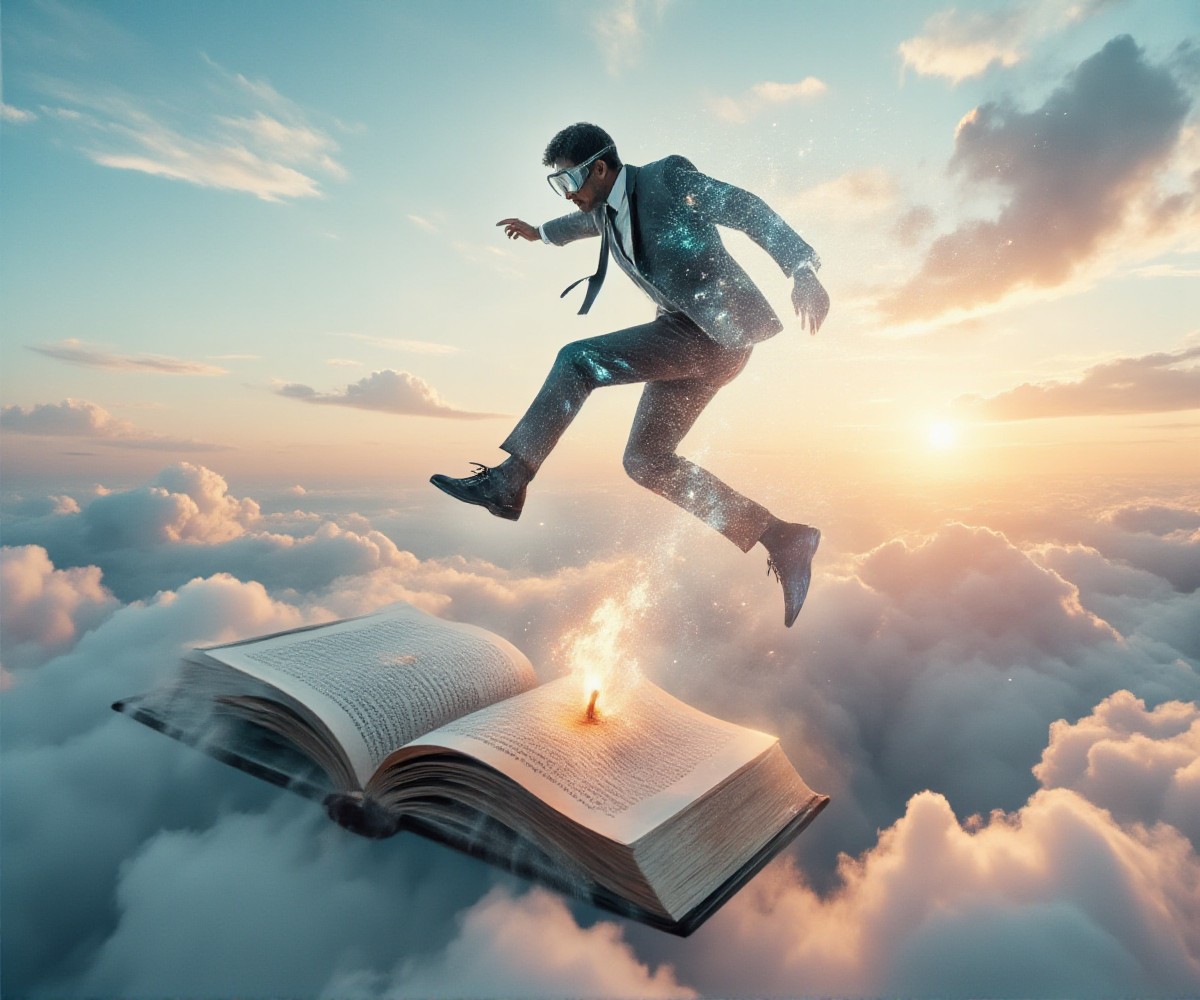Double exposure, a unique artistic style, has become a popular photographic technique among photographers and designers. This style involves superimposing two or more images onto one another, resulting in a visually striking and thought-provoking outcome. I recommend readers to explore this technique using software tools such as Adobe Photoshop. Addition techniques, such as double exposure neumorphism, have added versatility to this style. Neumorphism reimagines computer user interfaces by recreating the look and feel of physical objects, bringing these digital representations to life in an aesthetic and pleasant way. By combining both styles, photographers achieve unparalleled versatility, adding depth and texture to their images.
The visual fusion of two different images creates a unique look that has become popular in modern photography and graphic design. From conceptual ideas of people flying and overcoming challenges in a surreal world, to capturing the breathtaking beauty of nature, photographers have used double exposure to tell their stories. These images challenge the traditional perception of photography as a straightforward way of capturing the world around us.
An excellent example of a double exposure image is “Man Flying a Book Above the Clouds.” This image perfectly combines elements from two different realities, depicting a person in a suit and goggles flying above picturesque cloud scenery. The softness and pastel tones of the background, along with the contrast of the sharp focus on the man, create a dreamy and surreal fantasy scene. The softer, slightly blurred foreground and midground, along with a creamy light falloff, suggest a sense of movement and merge seamlessly with the richly detailed, intricately lit environments depicted in the background. These elements, when combined, create an image that is visually stunning and strongly evocative, inspiring feelings of wonder and enchantment.
In conclusion, double exposure techniques offer photographers a path to creating innovative, thought-provoking images. For non-experts, the images indeed seem to be a blend of reality and illusion, a delicate balance of pastel tones and contrast. By employing varying styles and combining them, masterpieces can be created.

